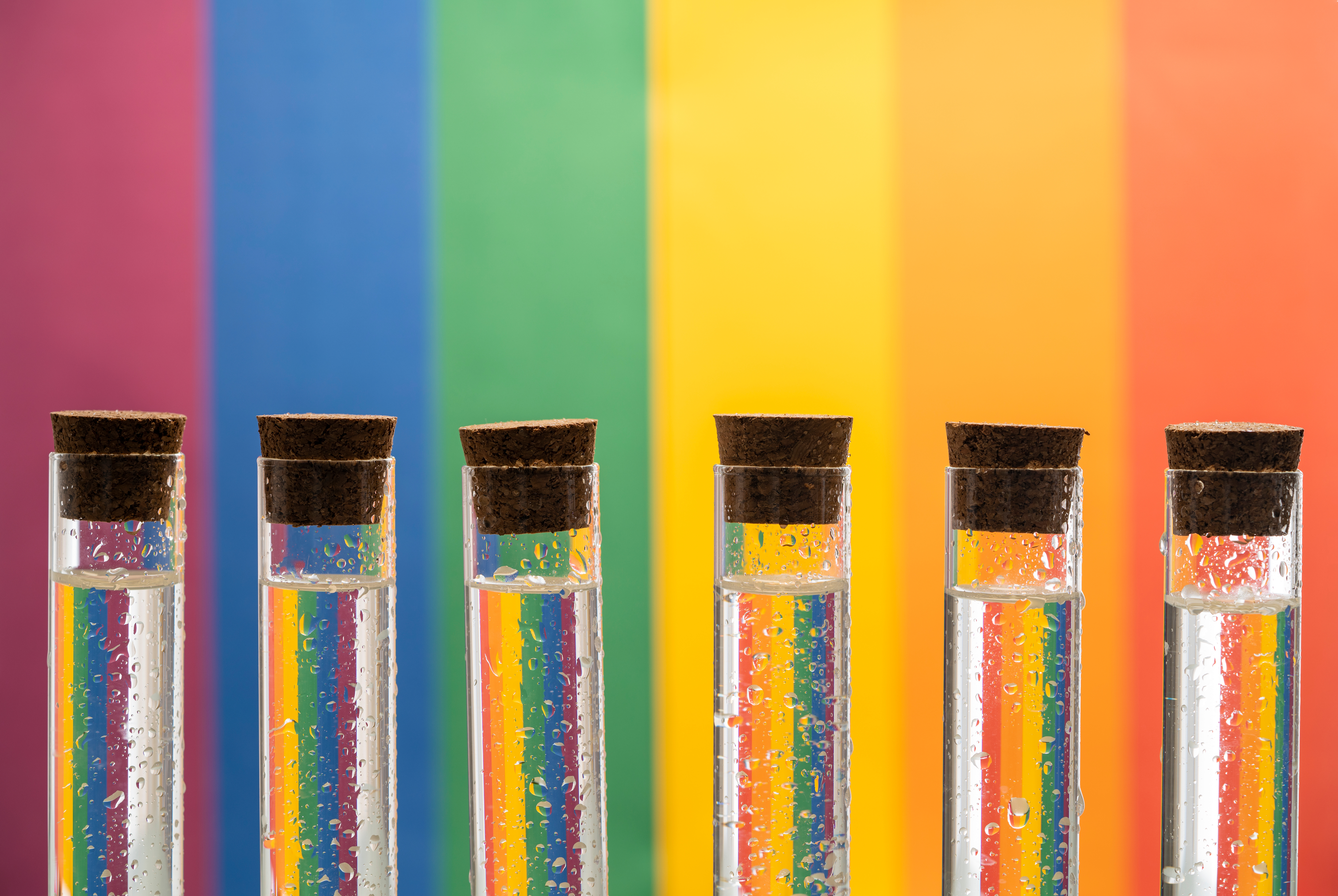Diverse Views in Science | Queer in Chem
Published in Chemistry

Explore the Research

Queer in Chem
Communications Chemistry is thrilled to present our Queer in Chem series — a collection of Q&A articles in which we interview accomplished queer chemists.
Despite more than half a century of queer rights activism, equality for people with minority genders and sexual orientations is not a reality. Spurred by recent disconcerting societal trends, we believe it is imperative that the scientific community lifts up and celebrates our LGBTQ+ colleagues, acknowledges the challenges that queer scientists face, and actively works to address them. With this pledge in mind, Communications Chemistry is thrilled to present our Queer in Chem series — a collection of Q&A articles in which we interview accomplished queer chemists.
The series showcases each researcher’s scientific interests as well as their professional experiences. We hope to foster a deeper understanding of the rich tapestry of identities and experiences within the chemistry community. By amplifying the voices and experiences of queer chemists, Communications Chemistry endeavors to foster a community of understanding, acceptance, and support within the field of chemistry and society at large.
https://www.nature.com/collections/daigehehgj

Follow the Topic
-
Communications Chemistry

An open access journal from Nature Portfolio publishing high-quality research, reviews and commentary in all areas of the chemical sciences.
Related Collections
With Collections, you can get published faster and increase your visibility.
Advances in Polymer Synthesis
Publishing Model: Open Access
Deadline: Jan 31, 2026
f-block chemistry
Publishing Model: Open Access
Deadline: Feb 28, 2026





Please sign in or register for FREE
If you are a registered user on Research Communities by Springer Nature, please sign in